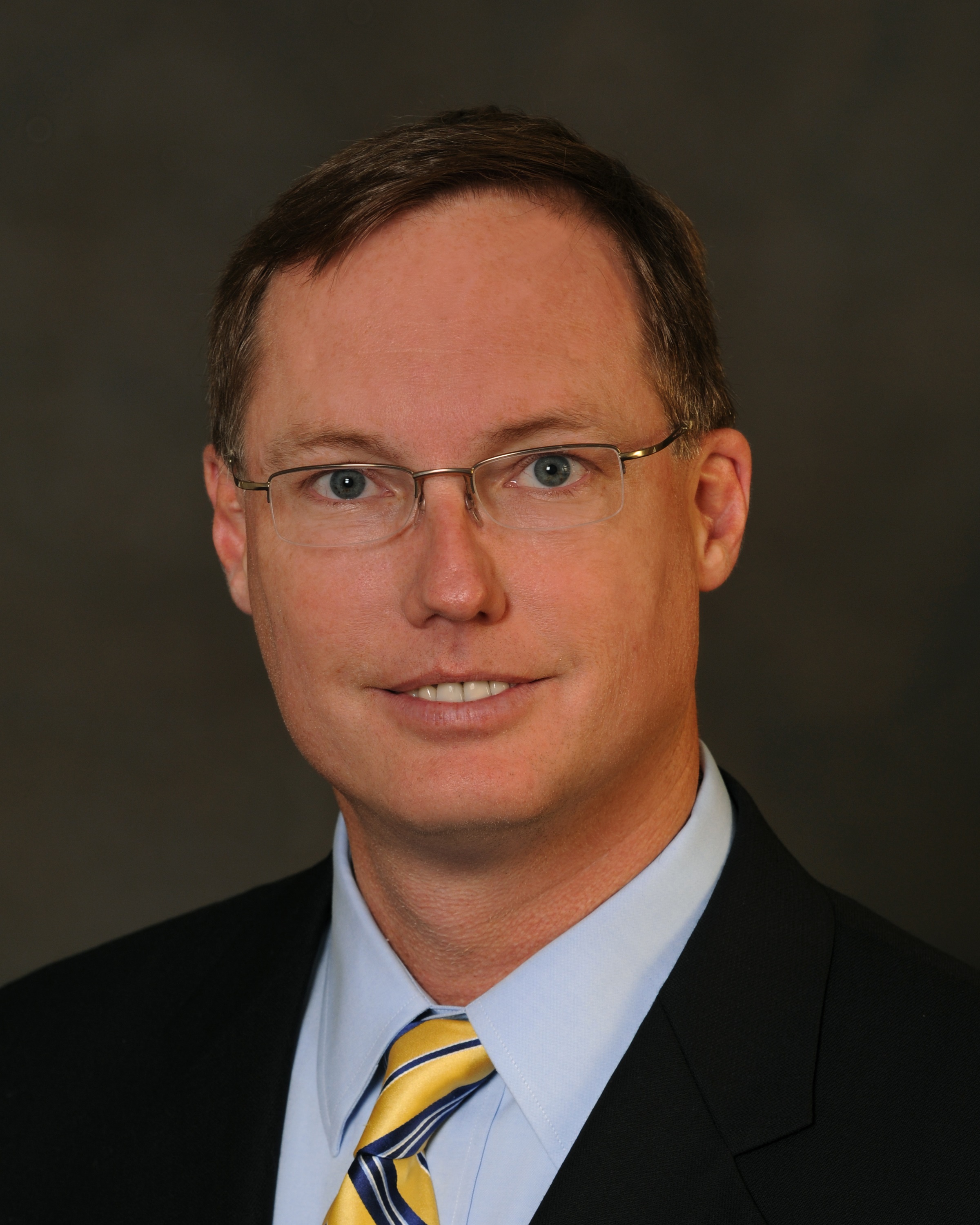Although lacking any big surprises, 2016 saw many "fears realized" in the spine industry.
At least, that's how Fred Sweet, MD, of Rockford (Ill.) Spine Center, would describe the year so far.
"The efficiency and cost in healthcare — the efficiency continues to decline and the cost isn't being improved," says Dr. Sweet.
The employed physician
Hospitals are sweeping through the industry, in some markets employing as many physicians as they can attract with their promise of solid salary and stability.
"[Employed physicians] have a strong financial allegiance to their employer and may find it more difficult to prioritize the need of the patient," says Dr. Sweet. "When most physicians were independent, the customer they were serving was actually the patient."
Dr. Sweet sees this trend toward employment continuing through the end of 2016 and well into next year, as the "juggernaut of Obamacare is really going to be hard to stop."
And as commercial payers struggle to remain profitable under the ACA, Dr. Sweet believes they won't be able to maintain the reimbursement levels they offer now. Currently, independent physicians rely on the higher reimbursement levels commercial payers offer.
"I see, in the next two to five years, as the carriers struggle to become solvent, they are going to restrict access to care and reduce reimbursements," says Dr. Sweet, identifying Blue Cross Blue Shield as especially restrictive in which procedures it will approve.
He anticipates all payers setting their reimbursement levels at Medicare level or less, which would ultimately function as a single-payer system.
"In effect, we're a lot closer to a single-payer system than we know — it's just being hidden from us," Dr. Sweet adds.
If independent physicians can't depend on commercial level reimbursements, they will soon become a rare commodity.
As more care shifts to hospitals, Dr. Sweet argues productivity will drop in the employment model. A recent Merritt Hawkins survey commissioned by the Physicians Foundation backs this claim, finding employed physicians see 19 percent fewer patients than practice owners. With less access to care, inefficiencies and increased costs in hospitals, the field will become less lucrative and attract less talented individuals.
The end of the ASC era?
With the pendulum swinging away from independence, Dr. Sweet thinks independent ambulatory surgery centers will also take a hit within the next three years to five years.
"As we go farther down this road, hospitals are not necessary going to partner with independent physicians because they want to employ them," says Dr. Sweet. "So, at that point, hospitals become ACOs, and they are not going to authorize patients going to independent surgery centers."
Dr. Sweet illustrates this concept within his own practice, in which about 30 percent to 40 percent of the case load is outpatient. But in some markets spine surgeons don't have the opportunity to perform cases in an ASC.
Because ASCs offer a more efficient turnover time, Dr. Sweet and his colleagues wanted to compromise with the hospitals for two-room days, so they could complete about eight cases in one day. However, some hospitals responded that cost constraints prohibited them from sustaining two-room days.
"Even as independent surgeons, if we can't do [surgeries] in a surgery center or have a two-room day [in a hospital], our productivity is going to drop," explains Dr. Sweet. "The only way we have been able to maintain our income is by pushing our volume up."
The evolution of spine implants
Spine implants account for a large chunk of the surgery cost.
"Most spine surgeons are attracted to what looks like a promising technology but in reality is what I call 'widgets and gadgets,' that don't necessarily add value, only cost to patient care. That's how the spine industry has been selling spine implants," explains Dr. Sweet. That is, many spine surgeons desire fancier devices and implants to perform surgery, as opposed to the generic alternatives.
However, with the rise of employment, more physicians will have to answer to hospitals pushing lower cost, more generic implants.
Implant manufacturers will face their own set of obstacles, as they try to meet surgeons' expectations of fancier devices, like double-threaded screws and MIS biologics, while also cutting costs.
"Surgeons will have to do more preop planning and will have to special order to make sure a specific implant is there," Dr. Sweet says. "The cost of implant is going to have to come way down if we are going to continue the spine surgery we're doing."